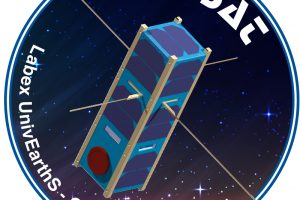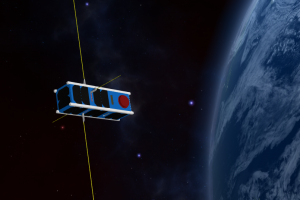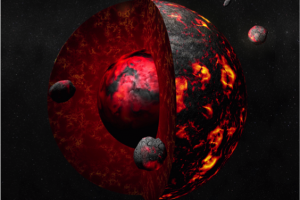Hana Benhizia is recruited as IGOSat Project Manager

Hana Benhizia is recruited by Labex UnivEarthS as project leader on the IGOSat nanosatellite student project, starting October 1, 2016. She joins Hubert Halloin’s team in the APC laboratory and succeeds Marco Agnan, to whom we wish a good continuation. Hana Benhizia is a graduate of the Ecole d’Ingénieur Denis Diderot (EIDD) as a system engineer and a master’s degree […]
» Read more



